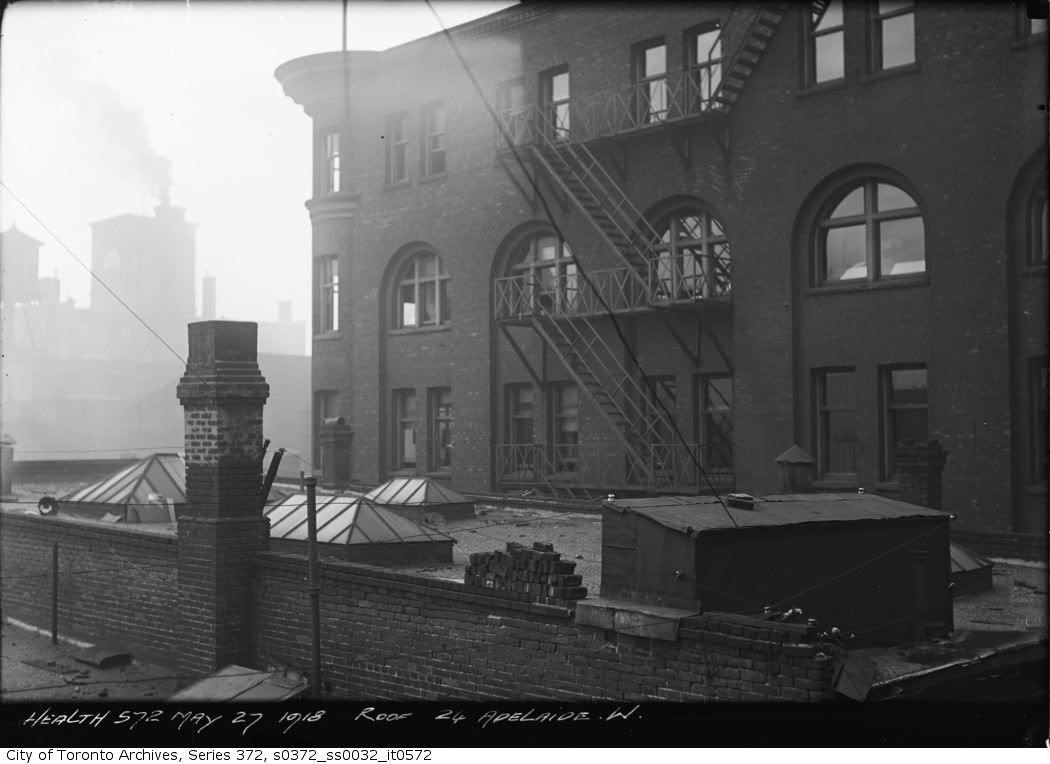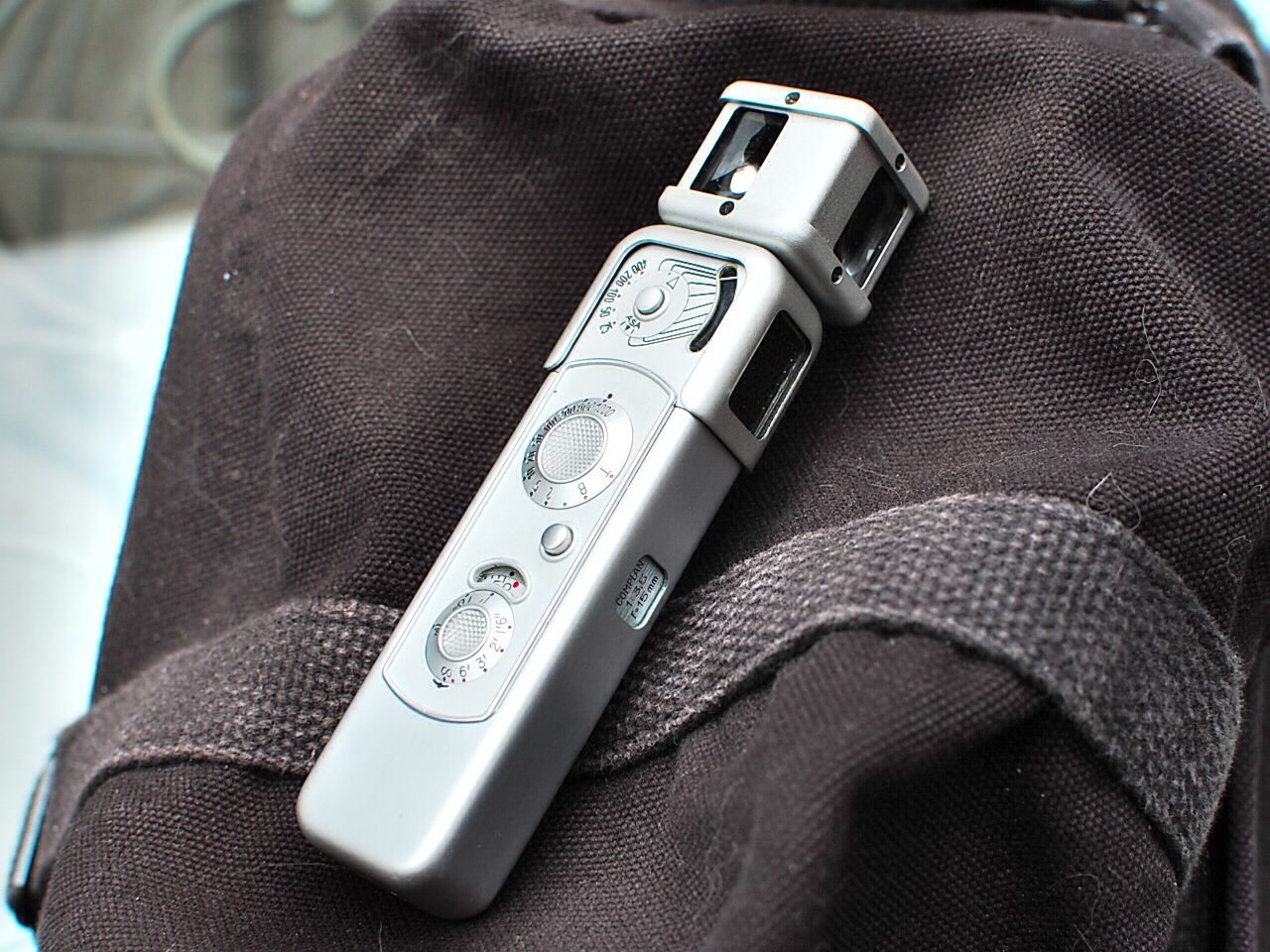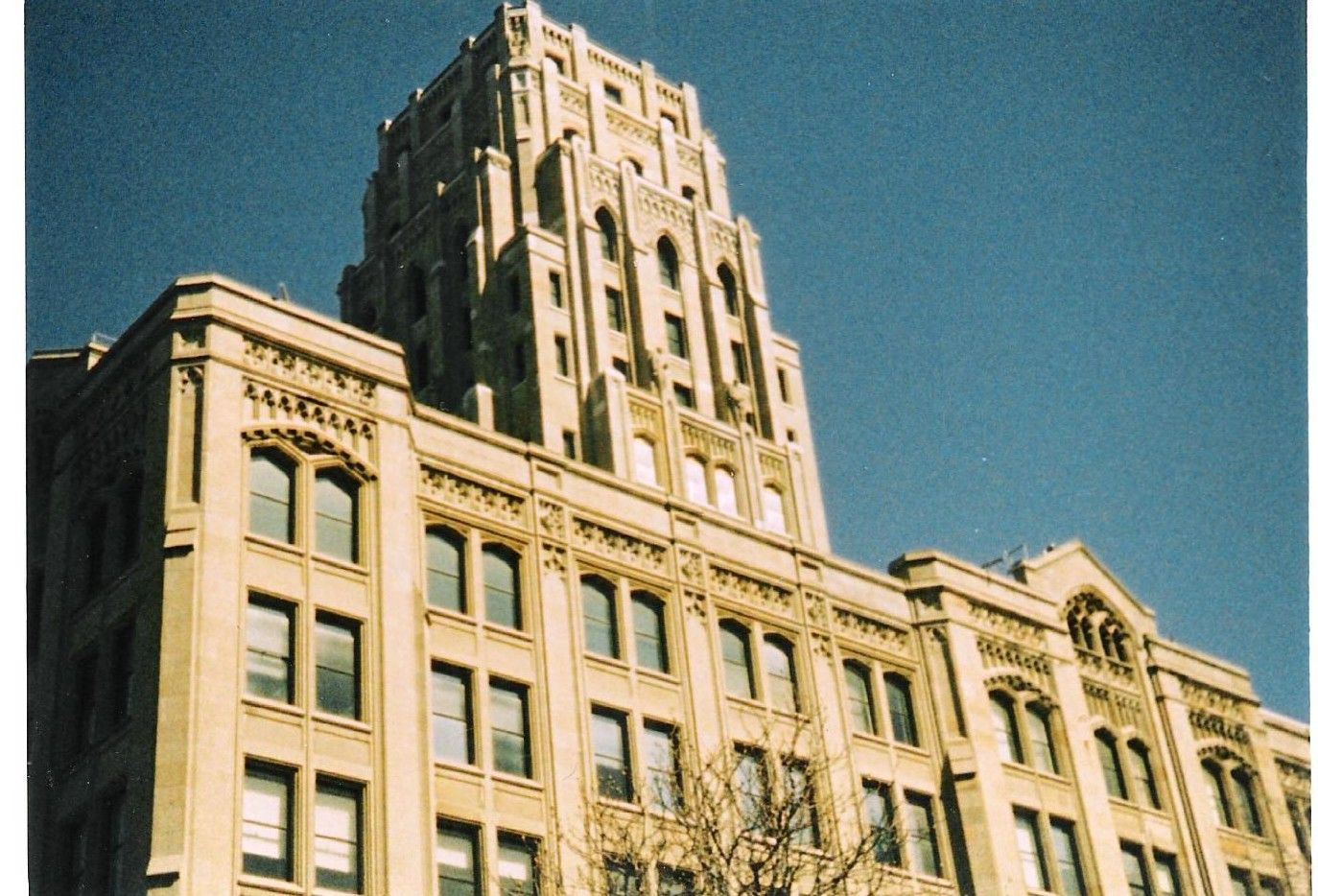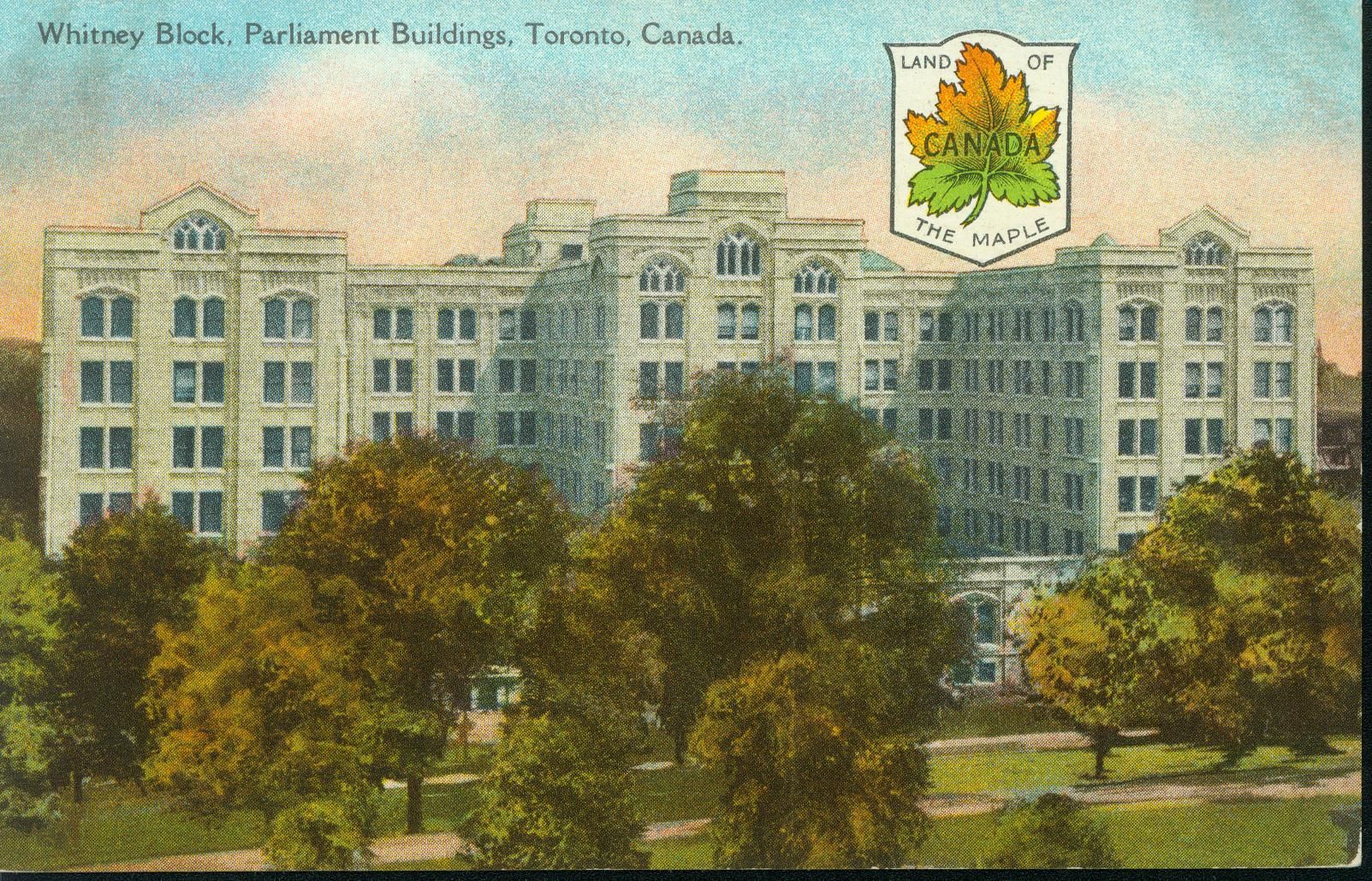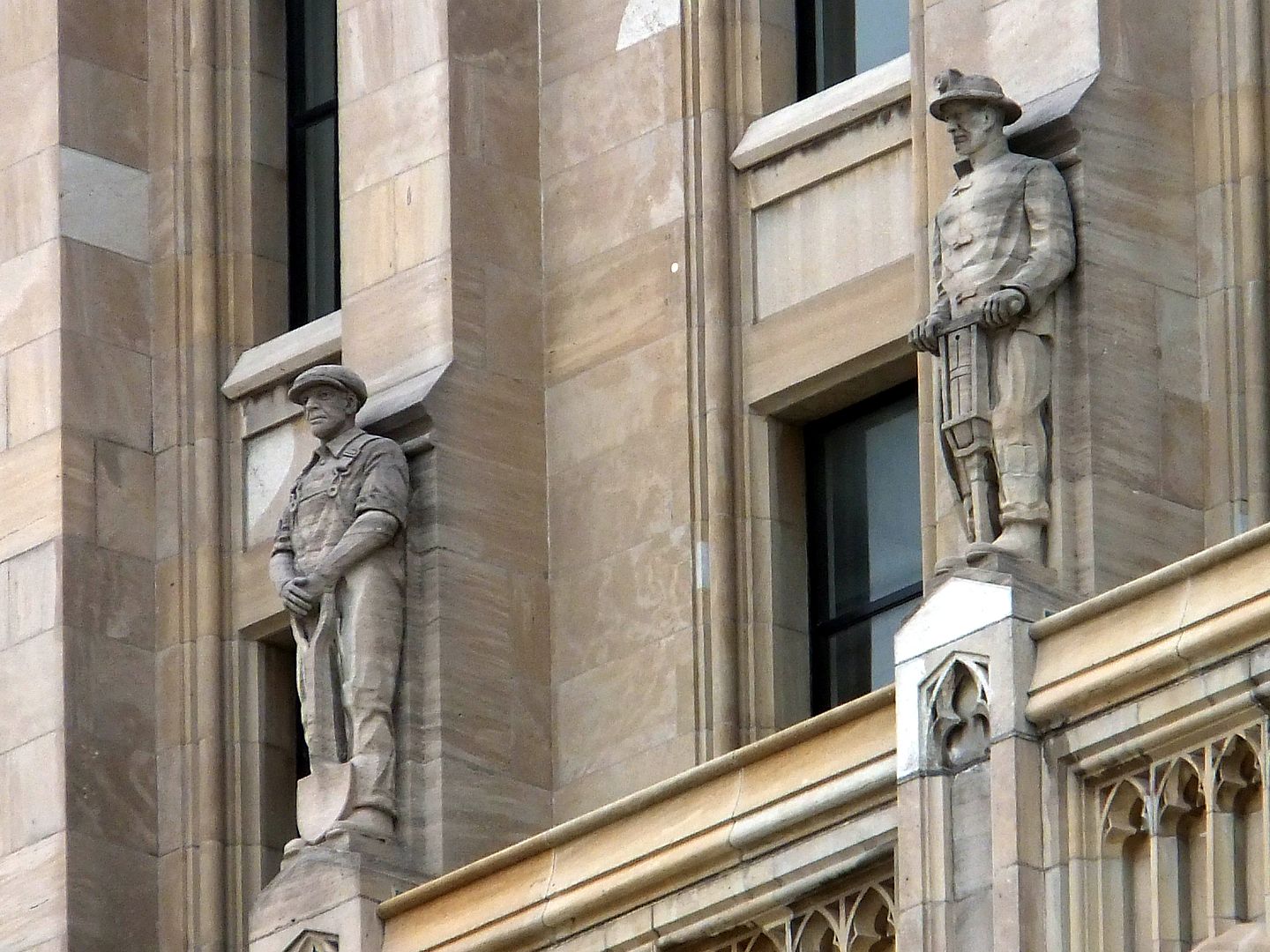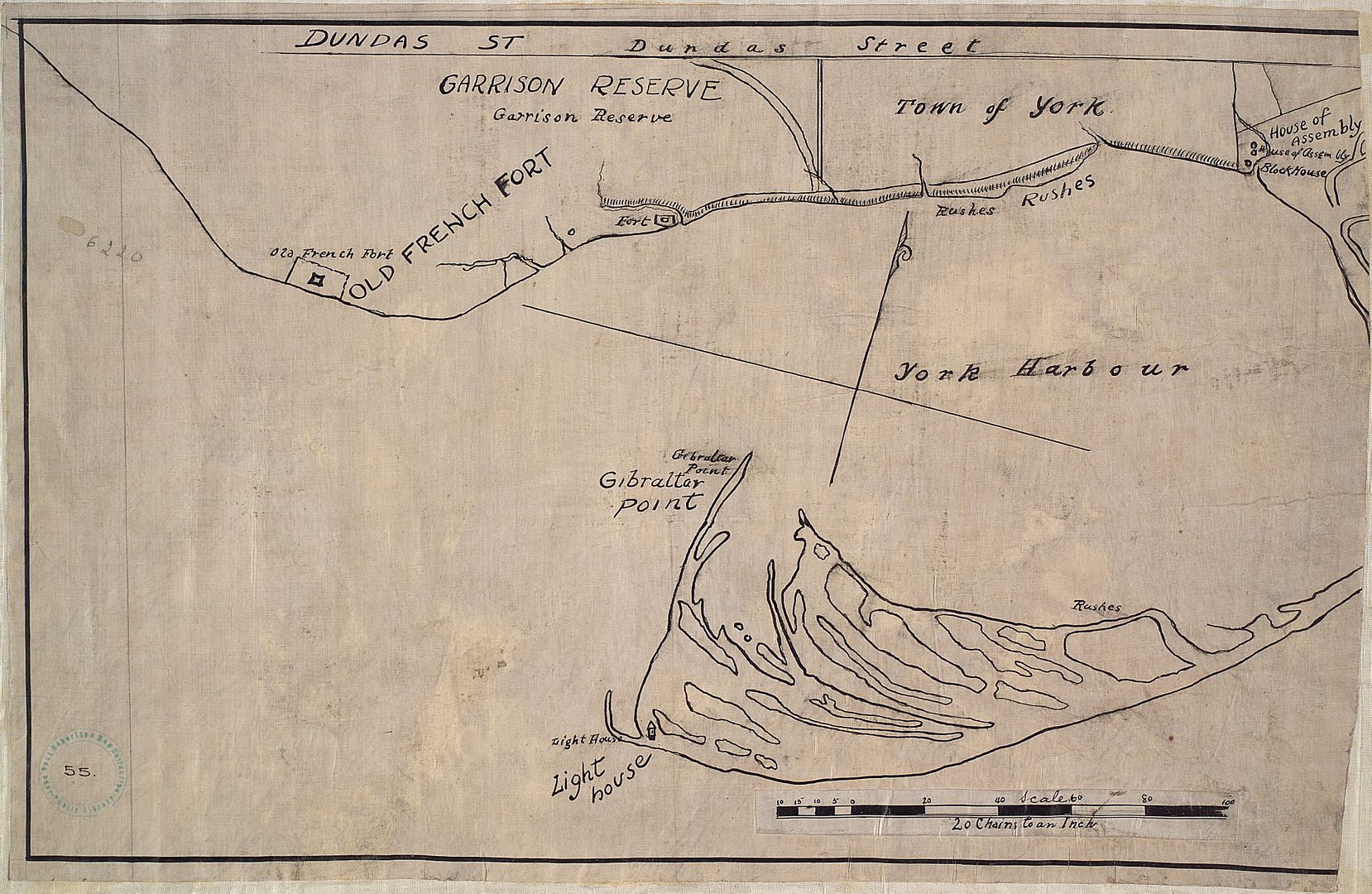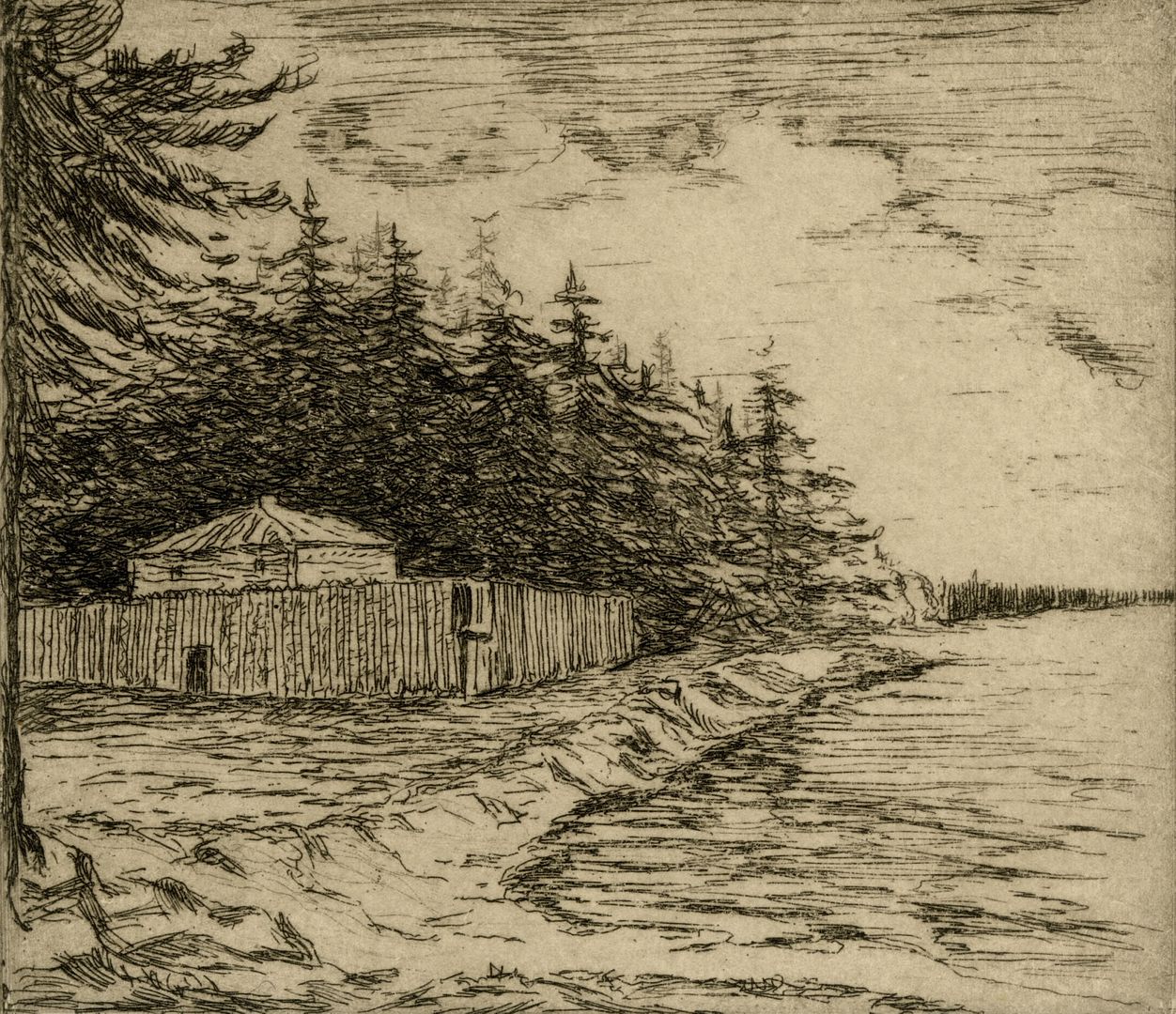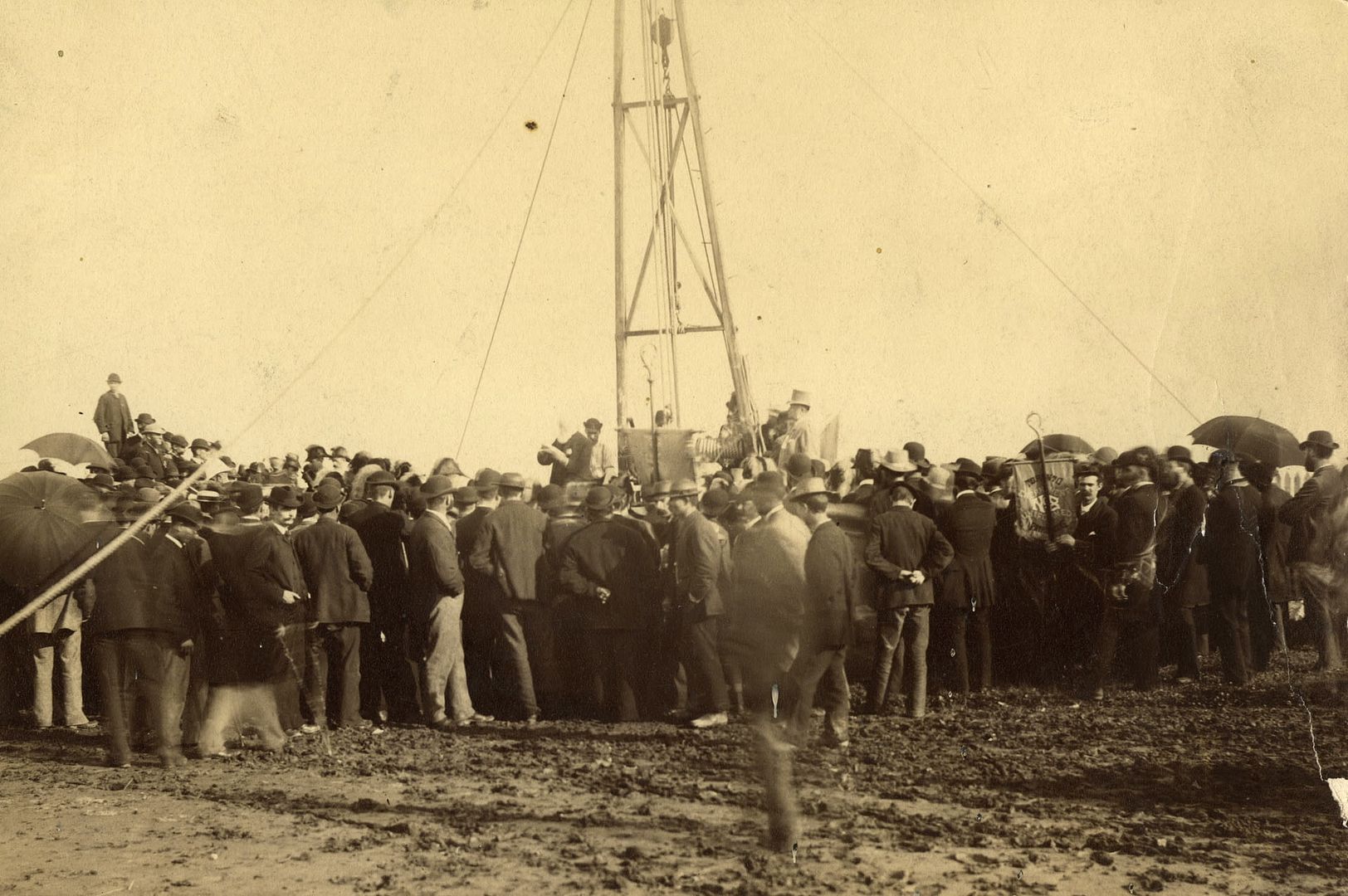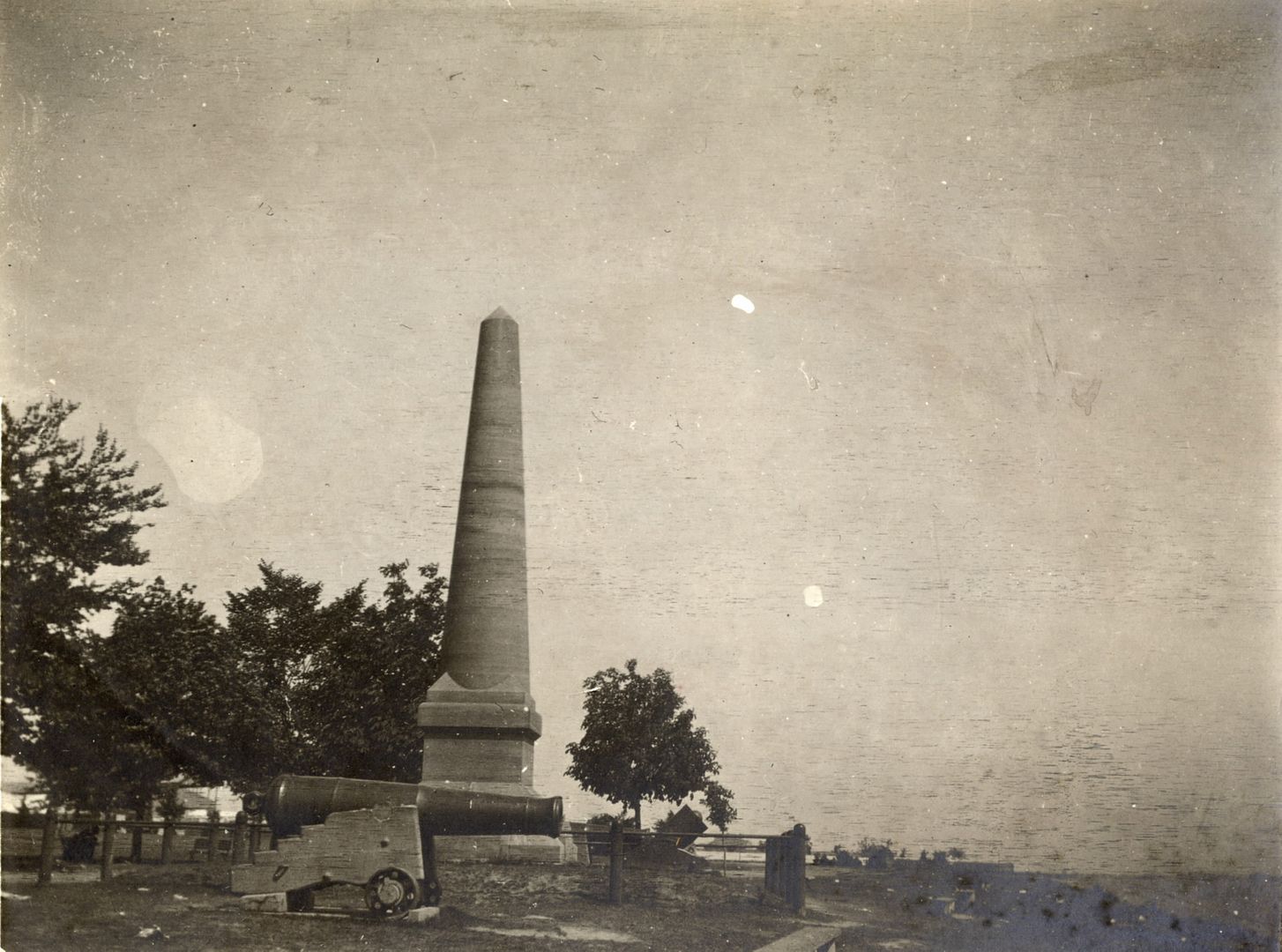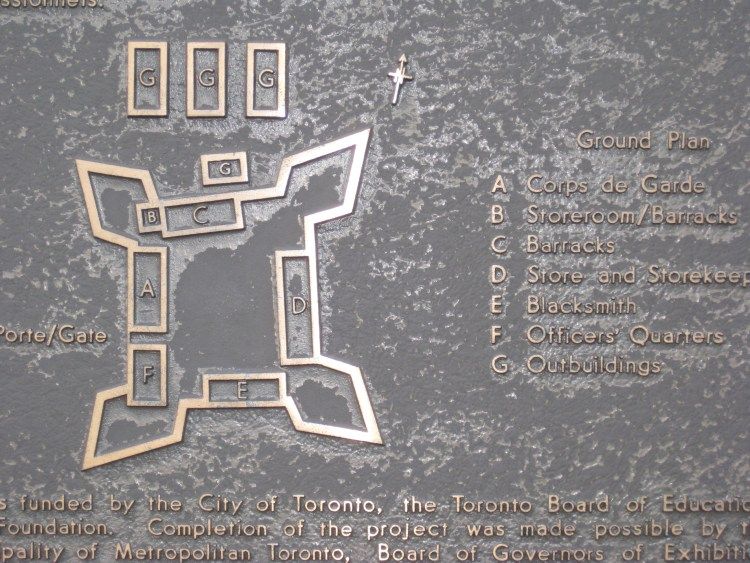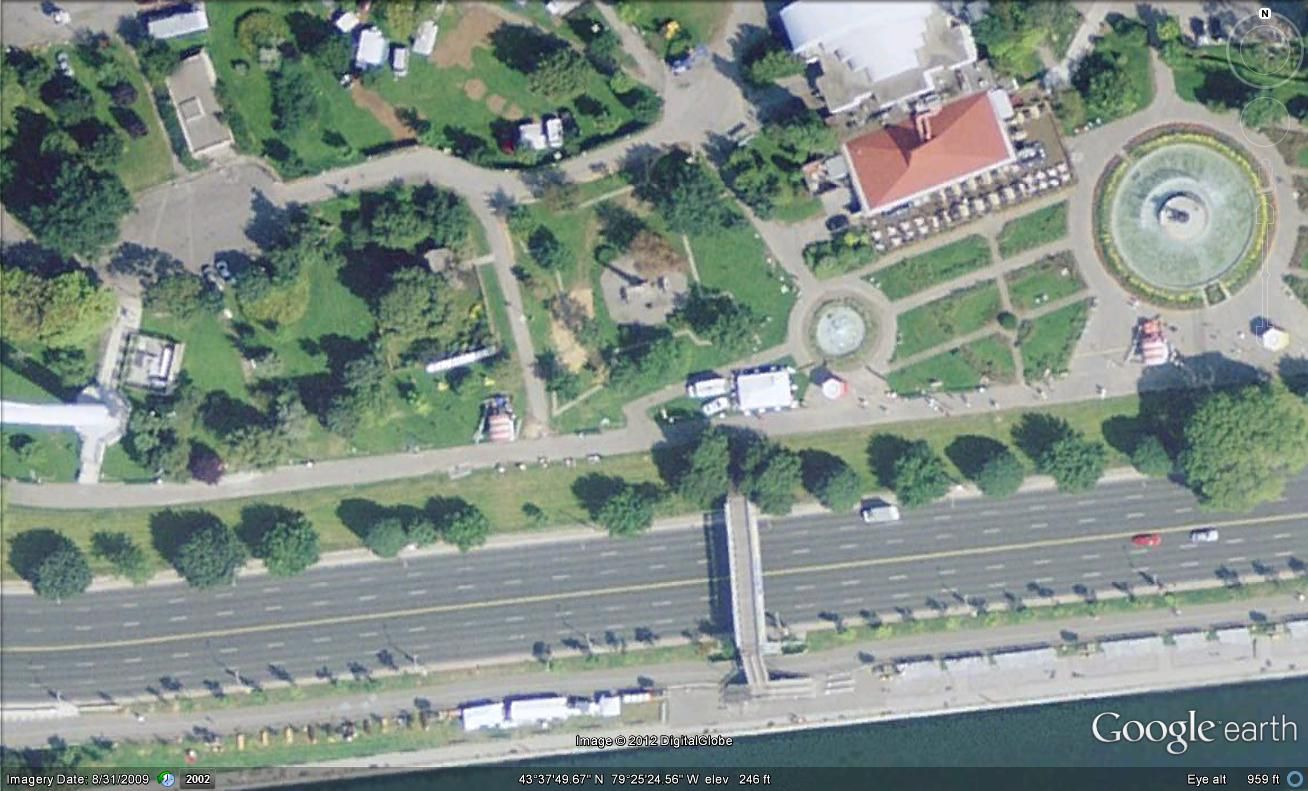wwwebster
Active Member
One other detail I've always wondered about: the metal curb on the east side of Bay south from Queen. I have never seen that anywhere else in the city (or in any city save New York).
I’ve wondered about that myself. It also runs east on Richmond from Bay for a bit. I have seen this in one other location: south side of King, east of Parliament, in front of Little Trinity Church.









